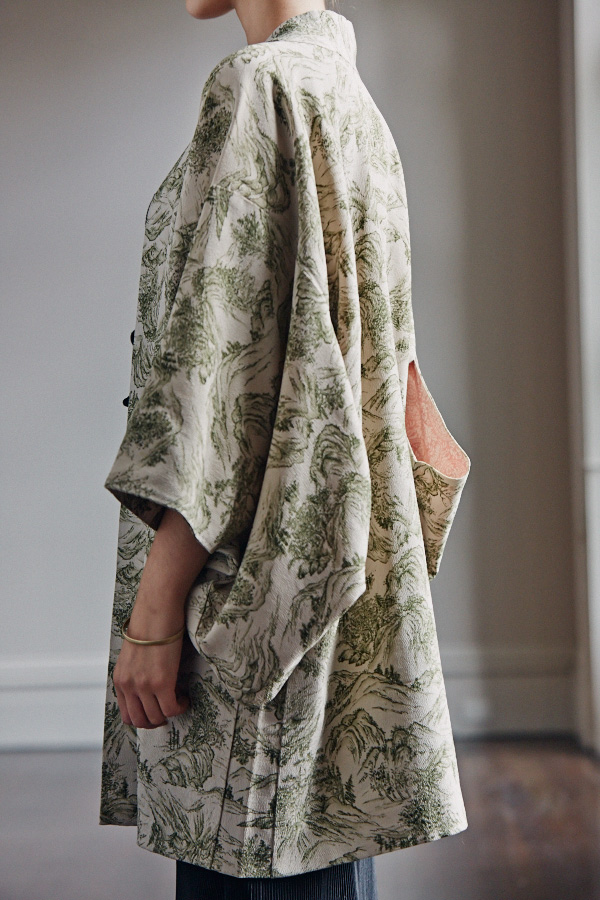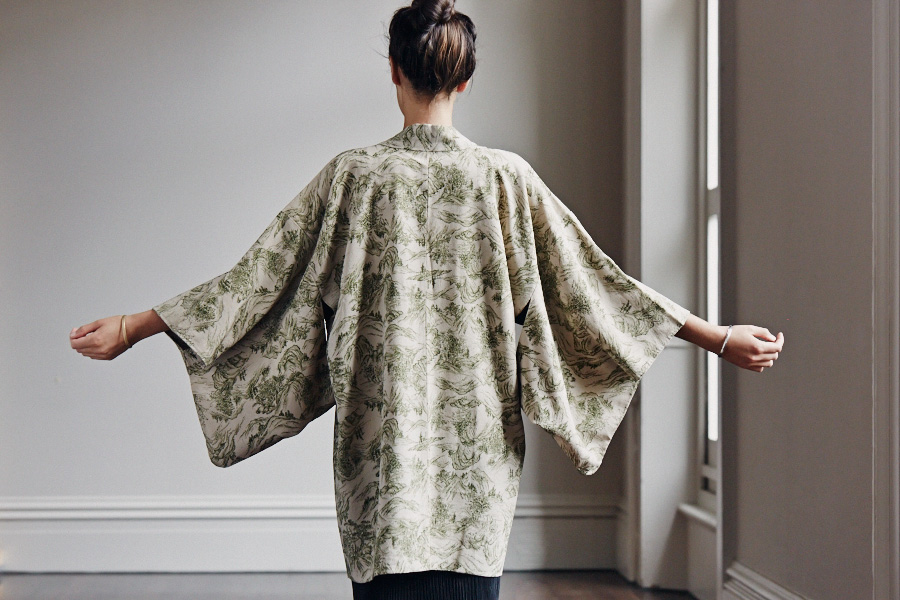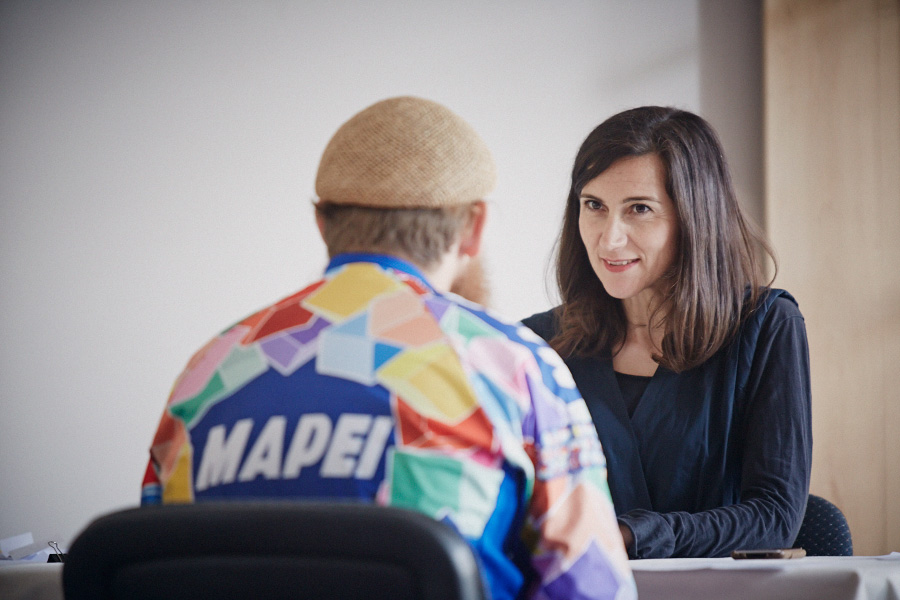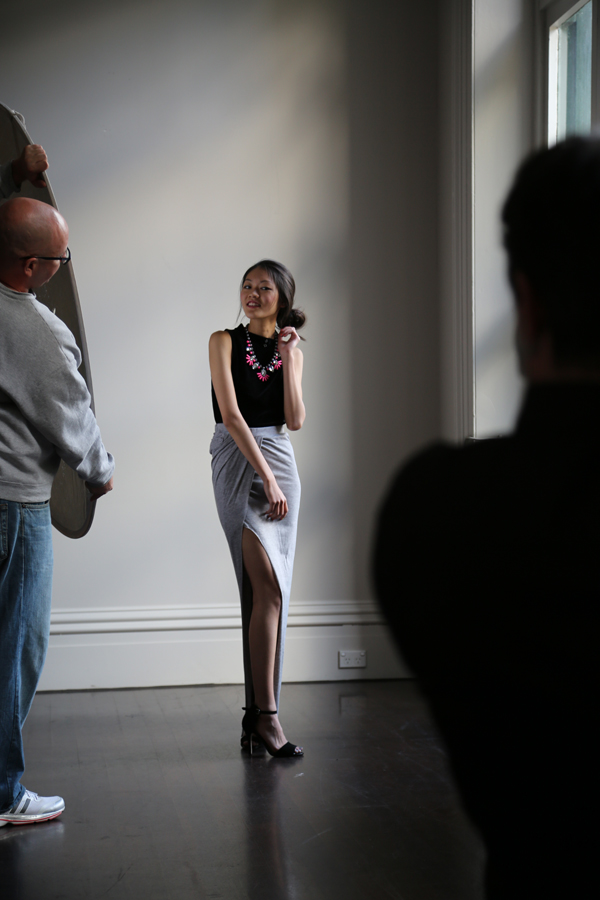Local Wisdom: interview with Kate Fletcher
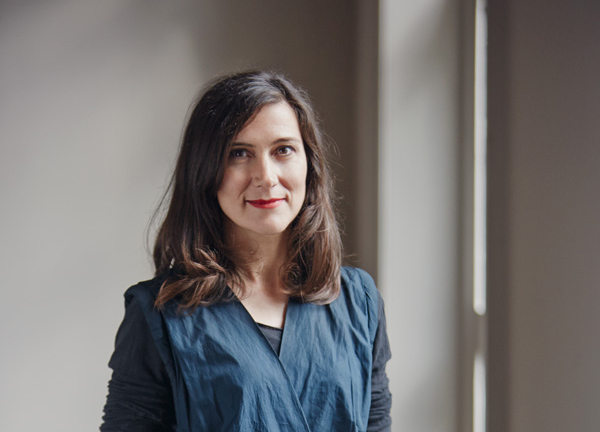
Kate Fletcher (Centre for Sustainable Fashion, UK) is a researcher, writer and design activist, whose varied work over the past 15 years has shaped the field of fashion and sustainability. As L’Oreal Melbourne Fashion Festival (LMFF) descended on Melbourne this month, Kate’s global project Local Wisdom (included in the LMFF cultural program) provided a slow fashion antidote to the headily-paced seasonal collections and runway shows. Founded by Kate in 2009, Local Wisdom links together a network of partners (including RMIT University, the London College of Fashion and Parsons the New School of Design) and design activity in centres of “high fashion consumption” across Europe, the UK, the US, Australia and NZ. Together, project collaborators explore long-lasting, resourceful practices associated with the use of clothing, through the core idea of “craft of use”: prizing the skill and ingenuity it takes to tend, maintain, maximise and extend the life of garments. Local Wisdom gathers “craft of use” stories and images from the public through community photo shoots, collecting these as inspiration for sustainable design projects in the UK, US, Canada, Denmark, Australia and NZ. In the lead up to Kate’s visit to Melbourne for a local photo shoot, fellow slow design advocate Grace McQuilten, founder of The Social Studio, caught up with Kate on the videophone (Skype) for a meeting of minds.
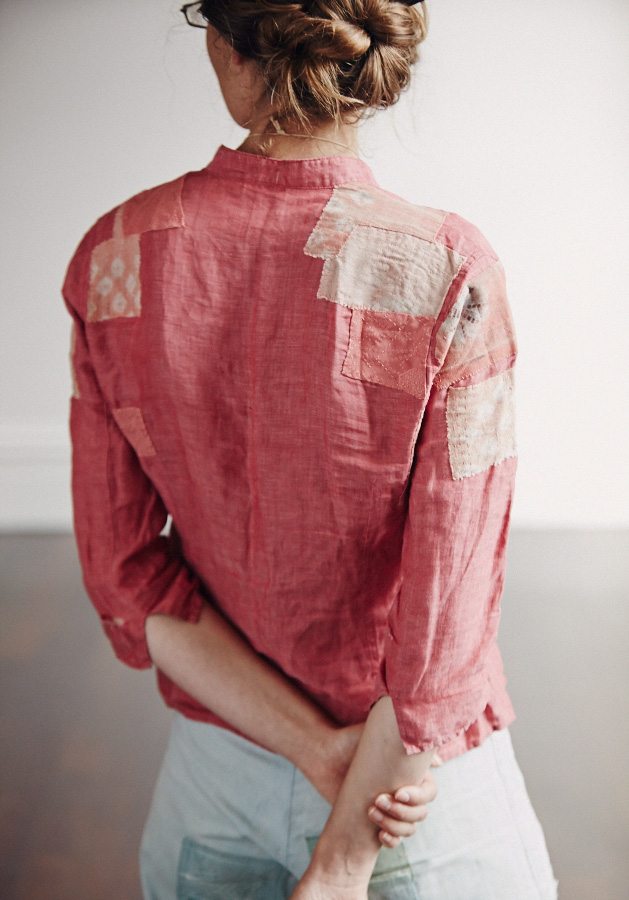

You are known as one of the founders of “slow fashion”. I know personally from experience the difficulty in advocating for “slow” in the context of fashion. I’m curious to know your thoughts on how this idea can develop more traction in an industry that is driven by efficiency, sex appeal and things being readily available: having exactly what you want, when you want it. How can we encourage a slower approach?
When we talk about slow, it doesn’t necessarily mean snails pace. What it means, more appropriately, is the right time. Things have a sort of natural tempo or metronome about them and not everything is high speed, full tilt all of the time. Even the slow things, even those things where maybe you are sitting and stitching a very small thing on a garment and it warrants time and thought and care… even that now is done in an incredibly fast way. Slow fashion is a call for balance and a sense of sanity within a system that has only become one speed. It’s trying to promote a variety of things in a higher quality. There is a lot that we can learn from food in particular that can show us that slow is a way to put high quality experiences in your life – on your plate, on your body. One of the things that is frequently said, is that even though we are swimming in stuff, we are not actually materialistic enough. We don’t revere the material qualities of anything that we have because everything becomes effectively disposable. So when there are no innate material qualities in anything, then there is no appreciation. It’s just a self-fulfilling cycle of speed and increased novelty.
My feeling is that introducing a sense of balance is incredibly radical – because actually we would say hang on a minute, what I have is amazing and I don’t need something else. It’s a call for complexity and that’s a very hard message. The fashion industry and the market associated with that, values a very narrow range of activity. It’s all about the fashion you buy in the shops, the magazines, “the market”. And yet, I think we all know that fashion happens in other places, but those experiences are rarely valued, they’re never thought about or described. So the challenge that we face, which is a part of slow fashion and ideas of sustainability, is to begin to value a broad spectrum of activity that is fashion.
I like the idea of fashion being about the human experiences that surrounds it rather than just the products. Anyone who has worked in the textile industry would know that the process of creating a garment is so complex and so long and involves a deep connection between the maker and a garment. Just seeing something at the end stage on a rack, you don’t think about and understand the full experience of the process. And there is this tendency to try and disconnect the end product from that process so a lot of fashion retailers try to hide their steps involved in producing the garment and focus more on its packaging, sale and merchandising.
It’s true that when you see the garments on the rail, you see something that doesn’t look like it’s had a history. It’s like it’s almost appeared out of nowhere. One of my other big concerns is that the imagery associated with a garment shows it before it’s ever been used, it’s sort of this fictional world before the body has entered it. The model puts it on for a few minutes and then that’s the end. It’s not describing the activity and the experience or the pleasure or discomfort of wearing the garment. I find that really peculiar. The life before the moment it’s on the perfect coat hanger and the moment after are completely pushed aside because it’s all about the moment of purchase.
Can you tell me more about your work with industry and government to advocate for change?
There’s a profound lack of imagination politically, anywhere, to overcome the challenges that we face without solely increasing the amount that is bought and sold. Governments are largely saying that as consumers, people need to buy their way out of the recession. It’s becoming a democratic requirement. And so we are in this really difficult situation where the advice that the policy makers hear from people advising them, like me, and the things that they can actually do and say, are very different. The things that have happened so far have been rather limited, but they are of interest. One of the ideas discussed in the House of Lords, for example, was to try and reconfigure ways to reduce value-added tax for repair. A very simple thing to try to rebalance the financial emphasis given to new things over repairing old things. What they were trying to do was find a way within the system without necessarily creating a radical groundbreaking change.
The other thing that is shocking is that in the EU in the last 10 years, the relative price of garments has reduced by 25%. So on average, ¼ cheaper. And in the US, it’s something like an 18% reduction. And so, people are feeling like they can get on average, 1/5 more of the stuff for the same amount of money. And they are probably even spending more money than before. So there is this trajectory of increasing appetite of our expectation for consumption. And then, if you look at 50 years ago, when my mum for example was 20, she would have bought two suits for work in the 1960s and she would have paid for them by putting money down on them on a weekly basis in a shop, for a particular garment. And these things would have been hugely expensive. She probably would have spent the same equivalent of her wage to what people spend today on clothes on a yearly basis, but she would have ended up with two pieces.
Yes my grandmother told me a very similar story, about her own mother. They had very little money, it was during the Great Depression. Her mother, who was a shopkeeper, would spend a small fortune on buying the children’s clothes because she believed that buying good quality clothes would last longer and be more cost effective than buying cheaper clothes that would fall apart more quickly.
It’s a utilitarian perspective. All the world over, people tell me about that. And it’s that sort of hope. It’s just like Coco Chanel said “the poor can’t afford to buy cheap clothes”. It’s for that very reason. It’s a cost effective, utilitarian approach.
I think as you were saying before, that emphasis on quality is probably really important in terms of people valuing things that are more expensive or vintage or sustainable. If people can see quality in the garment and in the experience of having it, this might be the important ingredient for making it more attractive. How do you see Local Wisdom fitting into this landscape?
It is a project about celebrating some of the really good things that people do with their garments. Its focus isn’t on production. It’s on the tending, caring for and satisfying use practices. The satisfying things that people do when a garment is in their possession. While garments are sold to us as products, actually we live them in our lives as a process. It’s not a one off. It’s not this beginning and end. It’s actually an ongoing iterative cycle of engagement and that’s what I am interested in. It’s a shift in emphasis away from a focus on creating things and toward the using of them: the tending and the caring of them. Because not everything has to be creative. There is another sense that actually, we have loads of stuff.
I am really favoring the opinion that the fashion industry is enchanted by its own innovation and success. There are actually lots of good ideas elsewhere. And so we are looking to the public to talk about some of the things that they do with their clothes and the cultivated practices, the ideas that they have. What comes out is amazing. On their own, they’re not earth-shattering, but cumulatively they offer a completely different set of ideas.
It’s interesting that fashion often aspires to the new and talks about new trends and innovation but a lot of trends are just reinvention of old ideas and classic styles and pieces anyway. There’s a certain masquerade in that idea of innovation.
It’s inherently conservative. And also pretty much any new innovation that you see is not a new innovation in wearing the clothes, it’s simply a stylistic, superficial change. There is very limited functionality improvement if any, ever.
The trend forecasters tend to look at consumers and their practices when they are coming up with new ideas anyway, so it’s nice to go back and focus on the users. I like that aspect of the Local Wisdom project.
The umbrella concept is the idea of “the craft of use”, and there is a new website that we’ve just put up, which explains these ideas – the skilled, cultivated things that you do with something that take a very long time to develop. When we move past ideas of growth, economic growth, what will the fashion industry look like? What is the shape and opportunity and formulation for an industry where the goal is not necessarily quantitative growth but it’s more linked to a finessing of a qualitative development? It’s this shift from endlessly selling more units to thinking about improving lives and perhaps wellbeing in other ways.
That’s an interesting problem for design in general because as you would know, it’s not just fashion that faces these problems of growth, sustainability and this aspiration and focus on the creation of “the new”. At least in contemporary western culture, design is a really powerful language that everyone is using in terms of new products, technologies, systems for us to interact with each other. Focusing on fast and new things and fads as opposed to looking at quality of experience. So it’s an interesting idea to try to focus back on those interactions between people and how we use the things that we have around us. I have noticed that there is a really strong visual element to the project, which connects to social media and the blogging phenomenon – people wanting to share their stories with a bigger audience. I was wondering what your thoughts are on using these powerful tools of attraction and communication as a way to call people to arms?
Yes, I think aesthetics is a really essential tool as we begin to shift towards sustainability, because you can really motivate large numbers of people by making alternatives very culturally and aesthetically beautiful. People gravitate towards things that they find beautiful. Certainly in this project the photography has been really important, but the style has evolved. It’s so eclectic. Every place that we go is a different photographer. So what emerges I hope, is not just the piece of fashion photography of the garment. It’s very much a portrait, and the garment itself. I can tell even if I don’t know the person who has been photographed, even if it’s just a section of the body, I can tell by the light quality, where it is in the world.
To find out more about Kate Fletcher, visit localwisdom.info, craftofuse.org and her website. Big thanks to Grace and Kate, Jo Cramer at RMIT Fashion and photographer Paul Allister.


